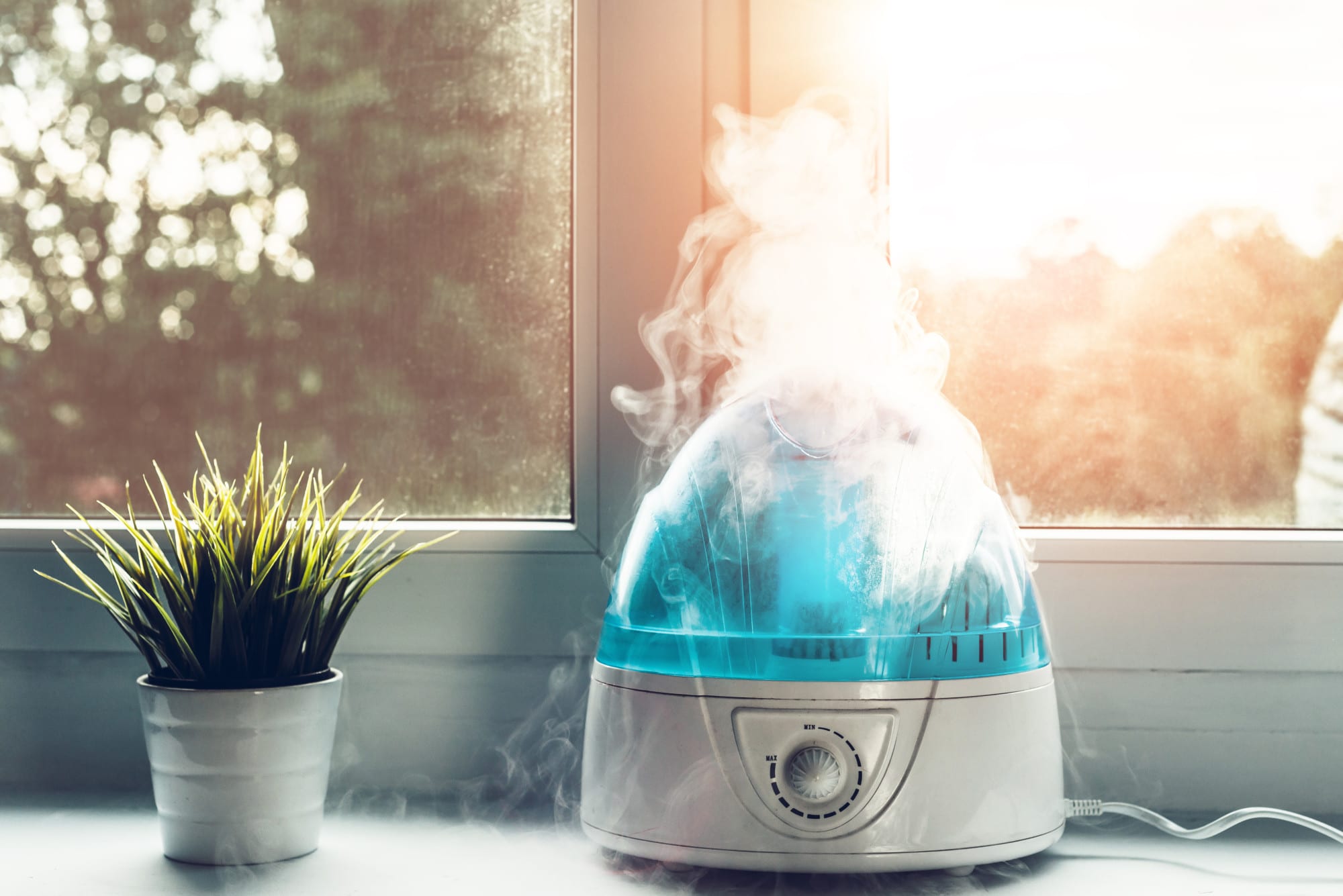Did you know that up to around 12 percent of households in the U.S. have problems with damp and mold?
Moisture issues begin as a minor concern. But, they quickly spread into every part of your home.
Dehumidifiers work by drawing out the moisture in the air. This makes sure that the condensation doesn’t settle on your walls and around your windows.
But, instead, it stays contained in the dehumidifier. However, if you’re going to get the most of your purchase, you need to know how to use a dehumidifier.
Check out our guide below.
Why You Need a Dehumidifier?
You may not think that a little damp caused anyone much harm. But, in actual fact, damp and mold have serious consequences for human health.
In particular, damp and mold cause respiratory disorders, such as asthma. If you suspect that your home is vulnerable to damp and mold, you need to act now.
Buying a dehumidifier for your home is a cost-effective way to stop your home from becoming a safe haven for damp and mold.
But, it’s important that you use the machine correctly. That’s why you need to how to use a dehumidifier.
1. Regularly Empty the Water
When your dehumidifier has absorbed the moisture in the air inside your home, the water will collect inside the box.
The more water that gathers inside the box, the less effective the machine will operate. Therefore, you need to regularly empty the water.
Before you move your dehumidifier to another room to work its magic there, you should empty the box.
2. Position Your Dehumidifier Effectively
Many people think that they need to place the dehumidifier next to the wall or window to effectively suck up the moisture.
When actually, you should do the opposite. The dehumidifier needs to be placed as central as possible.
This allows the dehumidifier to get hold of as much moisture as possible. If you have space in the middle of the room, that’s the best position for it.
3. Determine Your Desired Level of Humidity
You don’t need to eliminate any humidity inside your home.
You probably want your home to be no less than 30 percent relative humidity. At the same time, you don’t want the humidity levels inside to exceed 50 percent humidity either.
If you have specific requirements for the humidity in your home, then you may need to check with a specialist. For example, vintage vehicles or musical instruments may need particular protection from humidity.
You can often purchase dehumidifiers that allow you to set your desired humidity levels yourself. Check out this crawl space dehumidifier for specialist use.
4. Vacuum Before You Turn on the Dehumidifier
As well as damp, dust can also be harmful to human health. So, if you’re concerned that your health is worsening, you need to regularly clean your home.
However, vacuuming before you use your dehumidifier is also highly recommended. You want your dehumidifier to concentrate on moisture rather than dust particles.
If you have an especially dusty home, the dehumidifier may actually spread the dust around the room. This could further harm anyone who suffers from allergies.
There are dehumidifiers available that also have a dust filter. This may be something to consider if you live in an older house with dusty interiors.
5. Always Be Energy Smart
Up to 30% of the household energy used in the U.S. actually goes to waste.
Even though many dehumidifiers are extremely energy efficient, you don’t want to see a hike to your monthly energy bills.
That’s why thinking carefully about when you use your dehumidifier is especially important.
For example, if you have a tariff whereby you get cheaper energy at particular times during the day, that’s when you should turn on your dehumidifier.
Obviously, if you have solar panels on your roof, you should take advantage of when the sun is shining by turning on the dehumidifier for the freely generated energy.
6. Get Frost Control on Your Dehumidifier
Many people think that you only need a dehumidifier inside warm rooms.
But, actually, many cooler rooms in your home, such as basements, could benefit from dehumidifiers.
You can normally set your dehumidifier to frost control. This can help to stop your dehumidifier from freezing up under cold conditions.
However, don’t be surprised if your dehumidifier doesn’t work as effectively if you leave it for extended periods in extremely cold temperatures.
7. Operate at Optimal Times
You shouldn’t simply leave your dehumidifier running for extended periods of time. Effectively using the machine means picking your times carefully.
Examples of times when you should be using your dehumidifier include when you want to dry your laundry or after you have taken a bath.
8. Dehumidifiers Won’t Cure Damp Problems
Dehumidifiers are definitely an effective way to prevent your home from developing damp and mold problems. However, they cannot reverse the damage once it has already occurred.
If you have damp issues in your home, you need to act immediately to ensure the problem doesn’t further damage your health and home.
How to Use a Dehumidifier?
Are you fed up with trying to dry your laundry indoors? Are you concerned about damaging the value of your home?
You need to get a dehumidifier to ensure that the moisture created in your home doesn’t cause any harm to your health. Make sure you know how to use a dehumidifier with our tips.
Did you find this blog post helpful and interesting? Check out our blog for much more.







